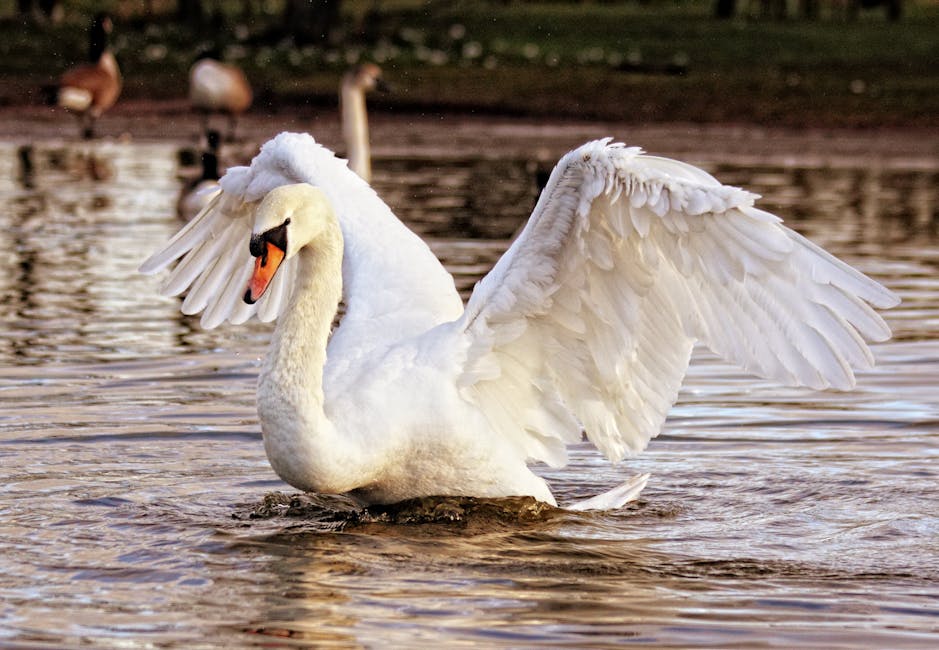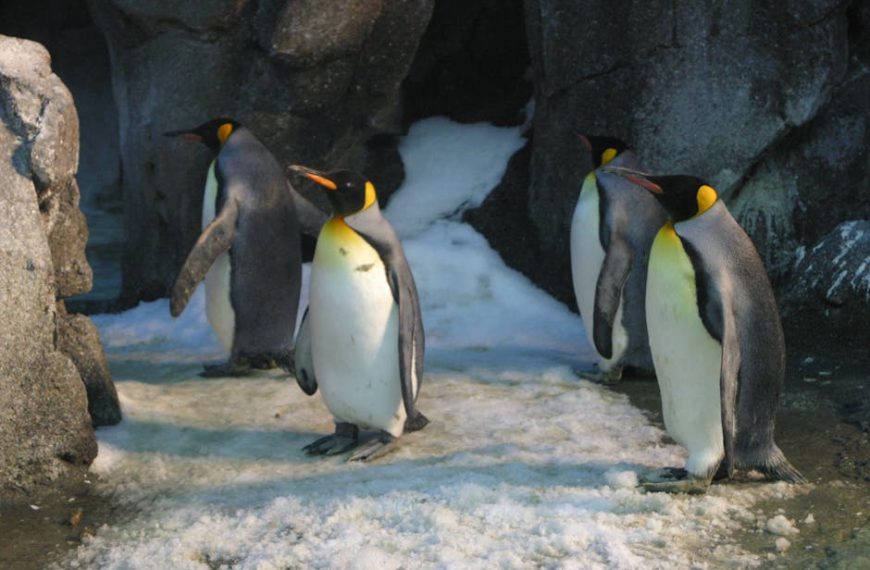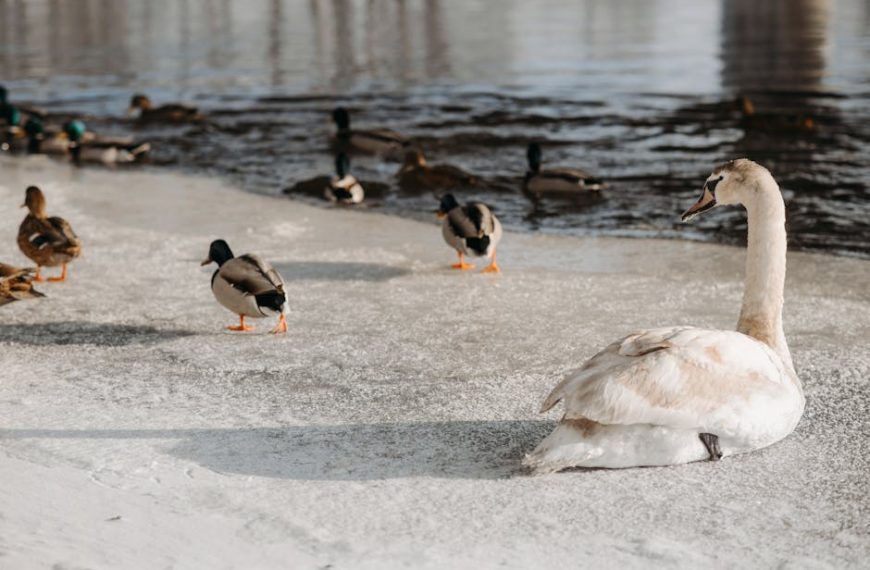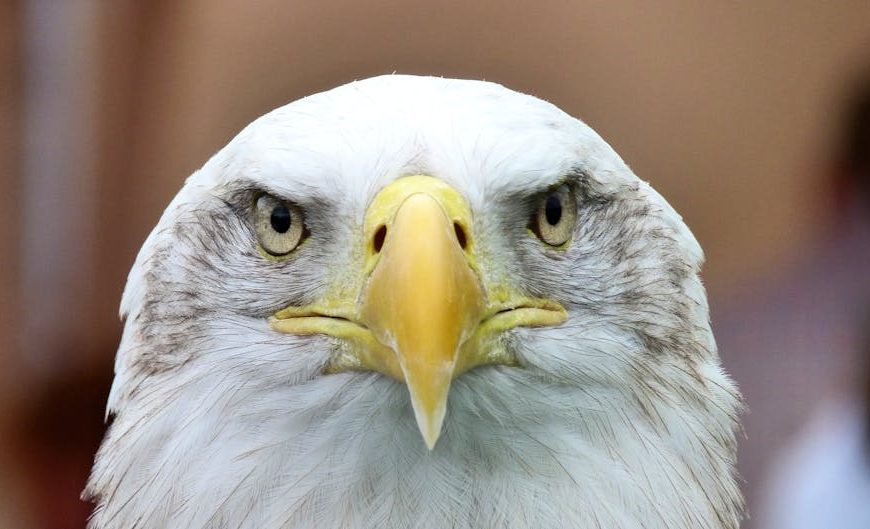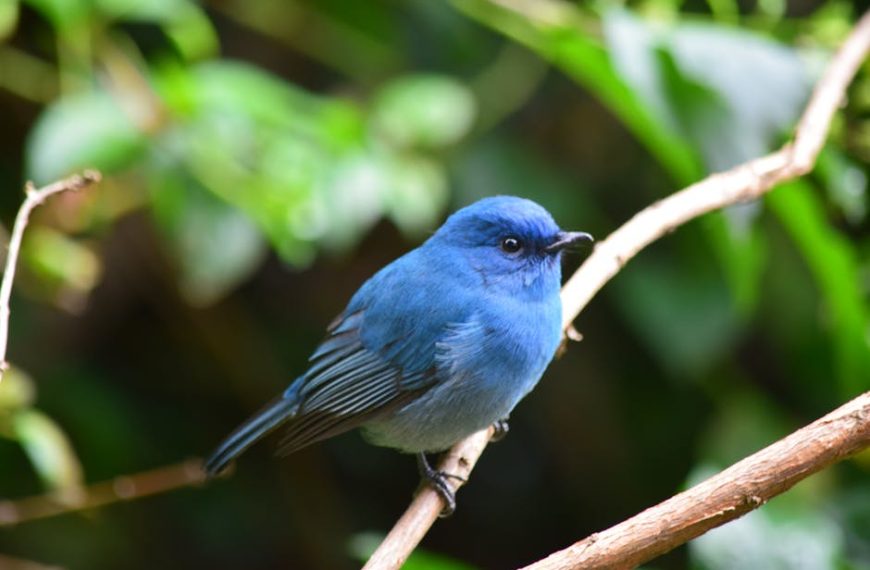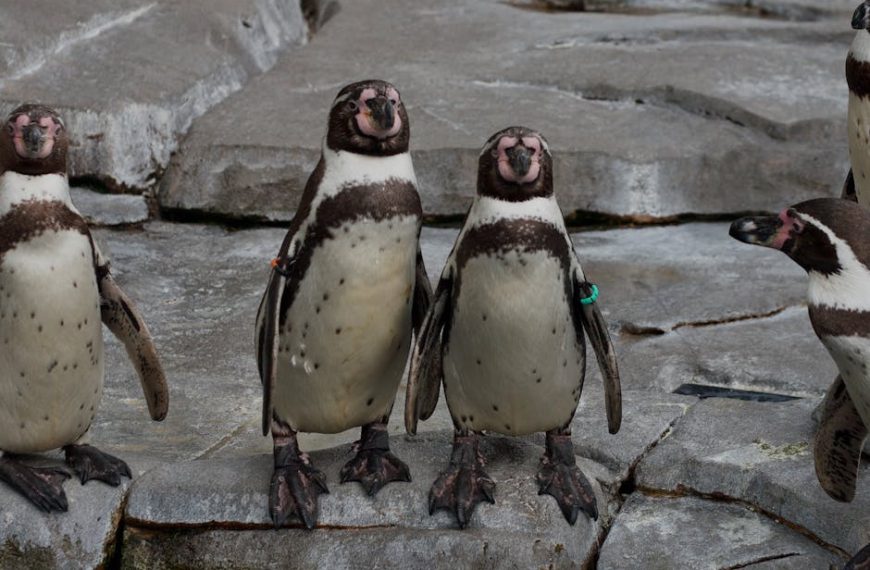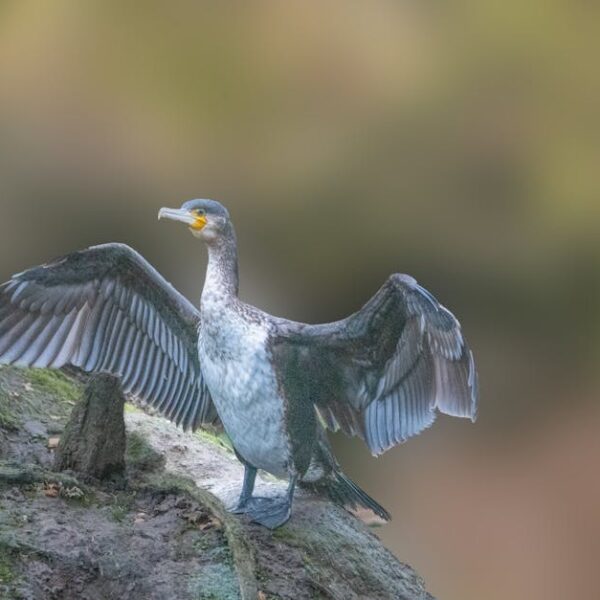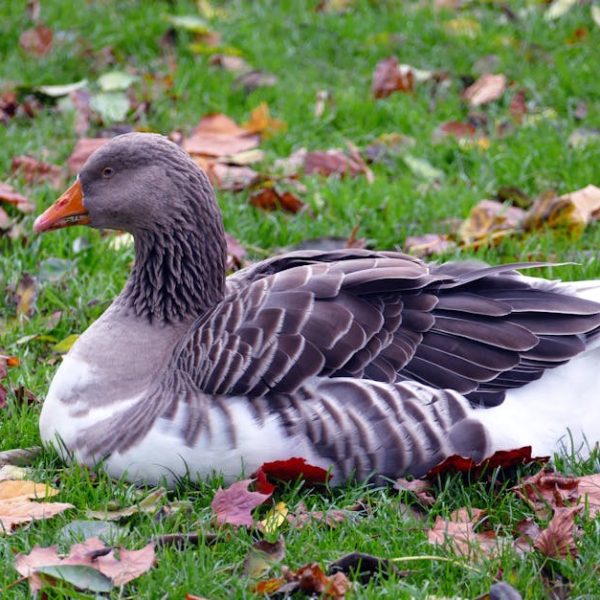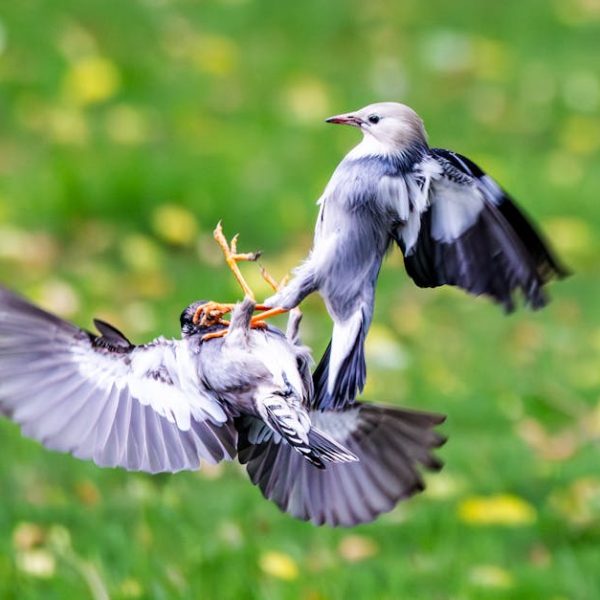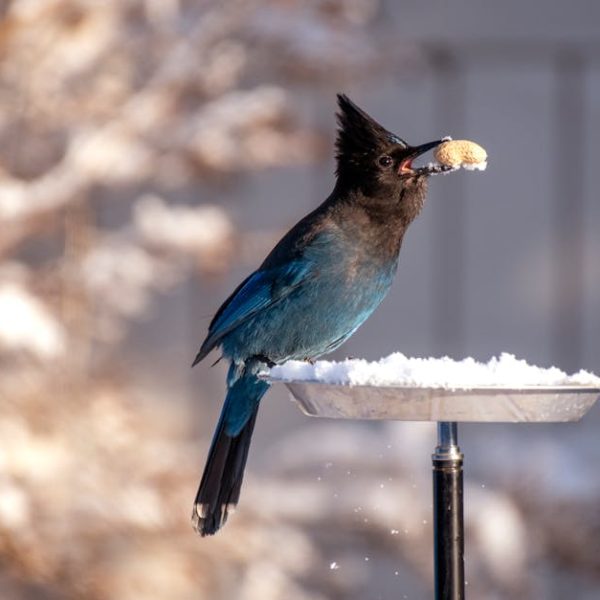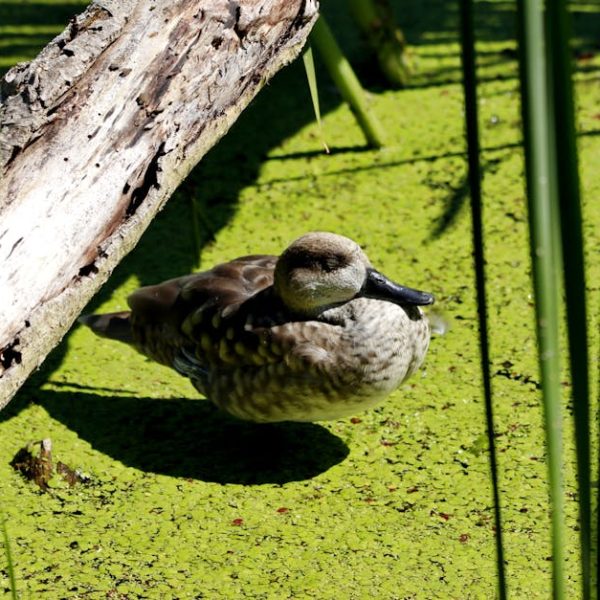While we humans soak in the sun to get that perfect tan or absorb some essential vitamin D, birds have a whole different reason behind their sunbathing habits. Sunbathing is a common behavior exhibited by a plethora of bird species. They smoothly spread their feathers and bask in the warm sunlight, not for leisure, but for certain physiological and health needs. This article will delve into the scientific theories behind their sunbathing motives, ranging from feather care to parasite control.
The Science behind Bird Sunbathing
Contrary to popular belief, birds aren’t sunbathing just because they enjoy it, although it does seem that they derive pleasure from this behavior. Instead, their motives are more complex and imperative for their survival. Various scientific theories provide different explanations for bird sunbathing behavior:
• Feather care: Sunlight and the heat it provides can help cleanse bird feathers and keep them in optimal condition.
• Parasite control: Sunbathing can act as a potent tool for birds to keep parasite infestations in check.
• Vitamin D synthesis: Sunlight plays a quintessential role in helping birds synthesize vitamin D for their health.
• Thermoregulation: Birds also use the sun’s warmth to regulate their body temperature, especially in colder climes.
The Role of Feather Care in Bird Sunbathing
Feathers are a bird’s pride, allowing flight and providing insulation. Thus, keeping them in top-notch condition is crucial. Sunbathing plays an essential role in this process. When birds bathe in the sunlight, the UV radiation helps to disinfect their delicate feathers and clean away any unwanted grime.
Additionally, birds adopt certain postures to maximize sun exposure. They fan out their wings, spread their tails, and fluff their feathers to allow sunlight to penetrate deep into the layers. It’s a clever way to turn a regular sunbathing session into feather care therapy.
Lice and Parasite Control
Another significant motive for bird sunbathing is the control of feather-infesting parasites. Birds are hosts to a variety of feather lice and other parasites, which can be troublesome for these avian creatures. However, birds have found a way to combat these uninvited guests- sunbathing.
The heat from the sun makes these parasites more active, and in turn, easier for the birds to remove during preening. Sunbathing then becomes a fundamental part of their defense strategy against these pests.
Watching the sunbathing behavior can give bird-watching enthusiasts insights into their health. Increased sunbathing and preening might suggest a higher parasite invasion, alerting the observer of potential health issues.
Vitamin D synthesis in Birds
Just like humans, birds too stand to benefit from Vitamin D. It’s a vital component for the absorption of calcium, thereby contributing to stronger bones. Now, you might be wondering how birds manage to synthesize this crucial vitamin.
Well, answer lies in sunbathing. When they spread their wings out in the sun, the skin absorbs UVB radiation and converts it into Vitamin D. But, here’s the interesting part- unlike us, birds don’t absorb this vitamin D through the skin. Instead, it gets transferred onto their feathers, from where it’s ingested during preening.
There are various bird species known to utilize the sun for Vitamin D synthesis, including pigeons, doves, and some species of wild birds.
Thermoregulation through Sunbathing
Sunbathing isn’t just about cleanliness and vitamins, it’s also about warmth. Birds are warm-blooded animals who need to maintain a constant body temperature. They use sunbathing to soak up the sun’s warmth, allowing them to save energy that would be otherwise used for generating heat.
Sunbathing also helps the bird to maintain their body temperature even in colder climates, acting as a natural heater. Understanding bird sunbathing behavior is critical as it directly ties with the changes in their habitats due to climate change.
Sunbathing is just one thermoregulative strategy used by birds. Others include bathing in water (effective in hot climates for cooling down), and dust bathing, which is primarily for cleanliness and parasite control, much like sunbathing.
| Sunbathing | Water Bathing | Dust Bathing | |
|---|---|---|---|
| Purpose | Feather Care, Parasite Control, Vitamin D Synthesis, Thermoregulation | Cooling, Cleansing | Cleansing, Parasite Control |
| weather Preference | Warm, Clear | Hot, Clear | Any (Usually Dry) |
| Common among Species | Yes | Yes | Yes |
In conclusion, the reasons behind bird sunbathing are numerous and fascinating, contributing significantly to their survival. So, the next time you catch a glimpse of a bird basking in the sunlight, know that there’s a lot more happening than just catching a few rays for leisure.
Key Takeaway:
- Birds commonly engage in sunbathing not as a pastime but as a means of survival.
- They use sunbathing for feather care, as the sun’s UV rays help disinfect their feathers.
- Sunbathing also serves as a means of parasite control by making parasites more active and easier to remove.
- Birds synthesize Vitamin D through sunbathing. They absorb solar UVB radiation on their skin and then preen it into their bodies.
- Sunbathing assists birds in thermoregulation, allowing them to keep warm and save energy on colder days.
Sunbathing is much more than a leisurely activity for birds—it is a health and survival imperative. The next time you see a bird basking in the sun, consider the amazing physiological processes at work. What you’re witnessing is not just a sun-kissed bird but a survival strategy in action!
FAQs
Q: Do all birds sunbathe?
A: While not all bird species sunbathe, it is a common behavior exhibited across many species for various survival benefits.
Q: How can I tell if a bird is sunbathing?
A: Birds typically spread out their wings and fluff their feathers to maximize exposure to the sun when they’re sunbathing.
Q: Does sunbathing replace preening for birds?
A: No, sunbathing complements preening. The increased activity of parasites due to heat from sunbathing makes them easier for birds to remove during preening.
Q: Besides sunlight, do birds need any other external sources to synthesize Vitamin D?
A: No, birds synthesize Vitamin D through a process that requires only sunlight. They absorb solar UVB radiation and preen it into their bodies.
Q: Besides sunbathing, do birds have any other strategies for thermoregulation?
A: Yes, other thermoregulative strategies include bathing in water, which is effective for cooling down in hot climates, and dust bathing, which aids in cleanliness and parasite control.
Share this article with other bird enthusiasts and learn more about fascinating bird behaviors on our website!
